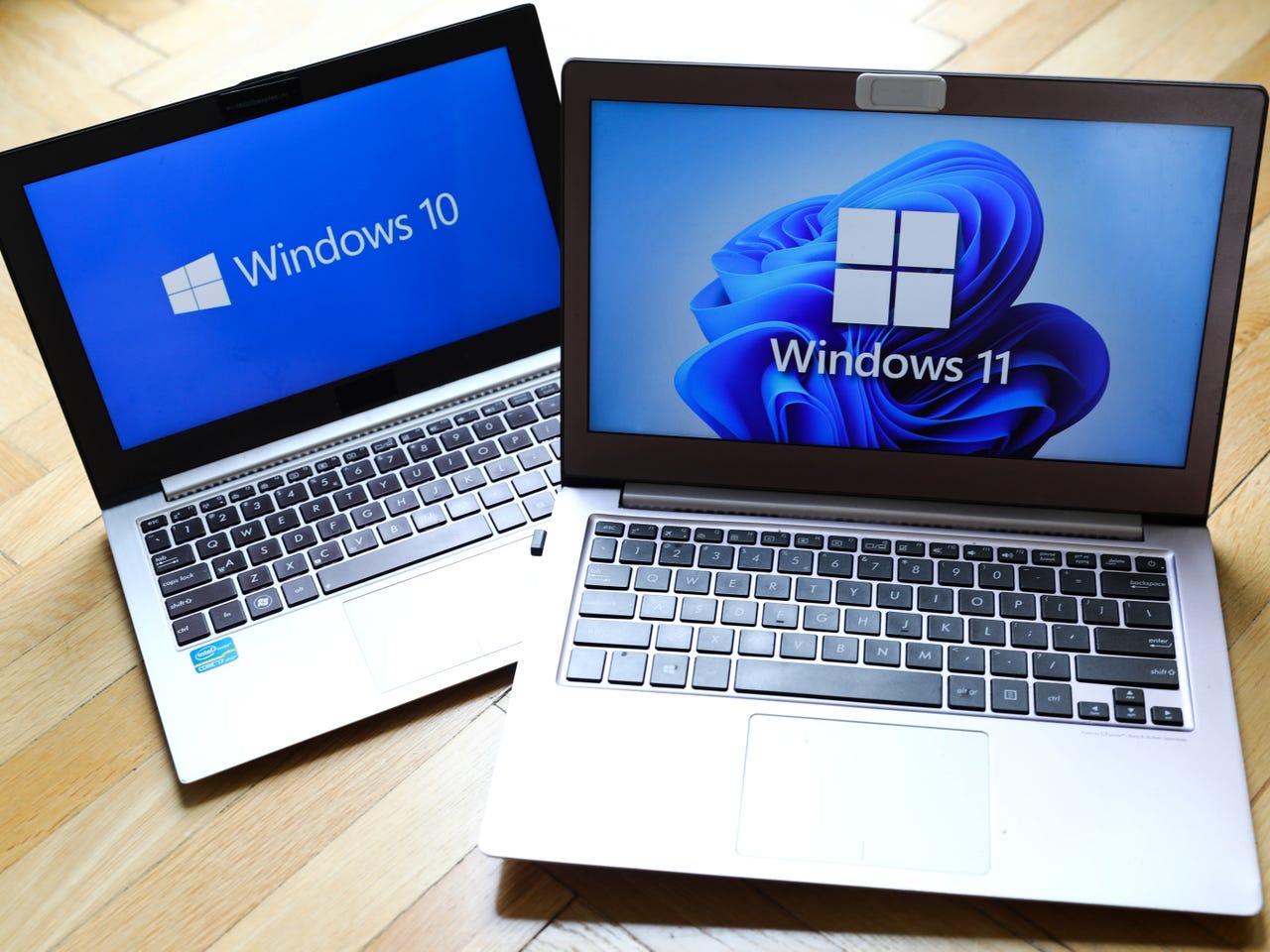Is Microsoft cracking down on Windows 11 updates for unsupported hardware?


ZDNET Recommends
Microsoft is rolling out the 2022 Update for Windows 11. So why isn't it showing up when you check Windows Update?
I've seen that question a few times already on Windows support forums and in my inbox. It's usually accompanied by speculation that Microsoft has decided to cut off updates for hardware that doesn't meet the strict minimum standards for Windows 11 compatibility.
After some testing, I've concluded that there's a much simpler explanation.
Also: What's new in the Windows 11 22H2 update?
As with Windows 10 feature updates, Microsoft is rolling out this update in a gradual fashion, offering it to a limited subset of devices first. Microsoft exec John Cable, VP of Program Management for Windows Servicing and Delivery, explains:
Our launch approach to Windows 11 leverages our well-established update systems and processes. The measured and phased rollout will offer the update via Windows Update when data shows that your device is ready…
And even if your device is on this short list, the update isn't going to be installed automatically. You'll need to choose to download and install it, as this screenshot from Microsoft makes clear.
The Version 22H2 update requires that you manually install it from Windows Update.
So how do you jump the line and get the 2022 Update early?
If the hardware you want to update meets the Windows 11 compatibility requirements, you can download the update and install it manually. The easiest way is to use the Windows 11 Installation Assistant, which is the first option on the official Windows 11 download page.
The Installation Assistant requires a compatibility check.
As that screenshot makes clear, you'll need to download and run the PC Health Check app first to prove that your hardware meets the compatibility requirements. If you pass that test, you can proceed with the upgrade.
If your PC doesn't meet the compatibility requirements, the Installation Assistant won't work. Instead, you need to jump through an extra hoop. It's documented in a Microsoft Support document called Ways to install Windows 11:
If you choose to install Windows 11 on a device that does not meet these requirements, and you acknowledge and understand the risks, you can create the following registry key values and bypass the check for TPM 2.0 (at least TPM 1.2 is required) and the CPU family and model.
- Registry Key: HKEY_LOCAL_MACHINE\SYSTEM\Setup\MoSetup
- Name: AllowUpgradesWithUnsupportedTPMOrCPU
- Type: REG_DWORD
- Value: 1
Note that this procedure will bypass the CPU requirements, but you'll still need a 64-bit CPU and a TPM of at least Version 1.2; you'll also have to meet requirements for minimum RAM and available disk space.
Also: This Windows 11 security feature makes your PC 'very unattractive' to password hackers
After making that change, you can download the ISO for Windows 11 22H2 from the download page I linked above, double-click that file to run Setup, and then perform an in-place upgrade, choosing the option to keep all installed programs, files, and settings.
I've confirmed that this procedure works, upgrading a 5-year-old Surface Laptop with a 7th Generation Intel Core i5 CPU that fails the PC Health Check test.
Also: What's on tap for Microsoft's Oct. 12 Surface launch
Of course, it's possible that Microsoft will someday decide to strictly enforce its compatibility requirements and block future upgrades, although I doubt that will happen. But for 2022, all of the supported workarounds continue to be available.